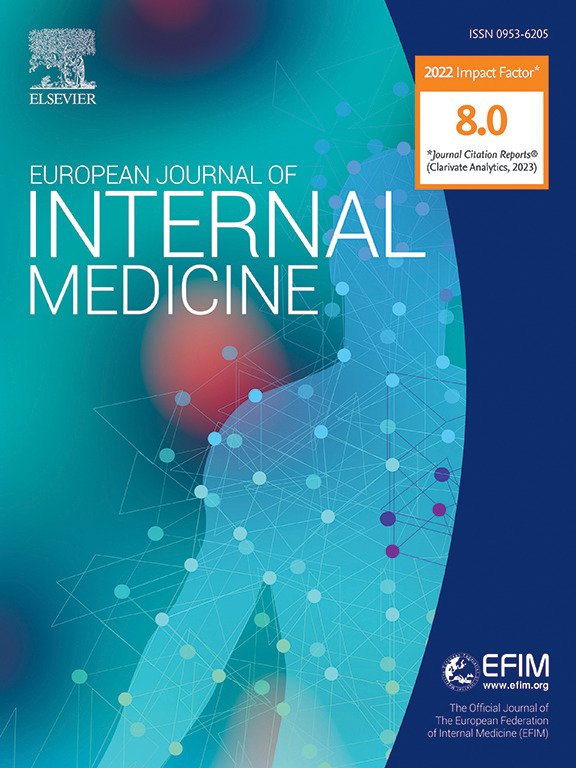Opt-In versus opt-out for the secondary use of routinely recorded health data: A randomized controlled trial
IF 5.9
2区 医学
Q1 MEDICINE, GENERAL & INTERNAL
引用次数: 0
Abstract
Importance: Optimal data availability for secondary use is crucial for continuous improvement in healthcare. At the same time, it is imperative to uphold patients’ rights to be informed, to control the use of their health data and to protect their privacy. To balance these two needs, we investigated which consent procedure (opt-in or opt-out) would be most supportive of data availability.
Objective: This study explores an opt-in procedure versus an opt-out procedure as a consent procurement method for secondary use of routinely recorded health data, images and tissues for scientific research purposes.
Design/Setting: A randomized controlled trial was performed in Erasmus Medical Center, a large tertiary hospital in the Netherlands. New, first time patients were recruited from 16 outpatient clinics and randomily assigned to either the opt-in (intervention group) or the opt-out procedure (control group), until the equally balanced sample size of 2228 was reached.
Results: Patient inclusion spanned from December 2022 to September 2023. The opt-out procedure resulted in higher consent rates compared to the opt-in procedure. Differences were found for gender, socioeconomic status and country of birth.
Conclusions: An opt-out procedure appears to be more effective in ensuring optimal data availability with less bias for the secondary use of health data compared to opt-in. To uphold patient control over data, it is pivotal that patients are well-informed about the consent procedure.
对常规记录的健康数据的二次使用,选择接受与选择不接受:随机对照试验。
本文章由计算机程序翻译,如有差异,请以英文原文为准。
求助全文
约1分钟内获得全文
求助全文
来源期刊
CiteScore
9.60
自引率
6.20%
发文量
364
审稿时长
20 days
期刊介绍:
The European Journal of Internal Medicine serves as the official journal of the European Federation of Internal Medicine and is the primary scientific reference for European academic and non-academic internists. It is dedicated to advancing science and practice in internal medicine across Europe. The journal publishes original articles, editorials, reviews, internal medicine flashcards, and other relevant information in the field. Both translational medicine and clinical studies are emphasized. EJIM aspires to be a leading platform for excellent clinical studies, with a focus on enhancing the quality of healthcare in European hospitals.

 求助内容:
求助内容: 应助结果提醒方式:
应助结果提醒方式:


